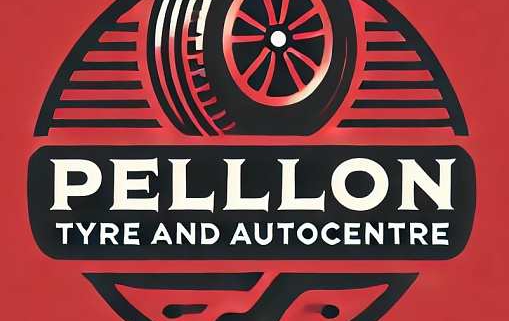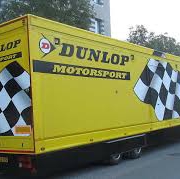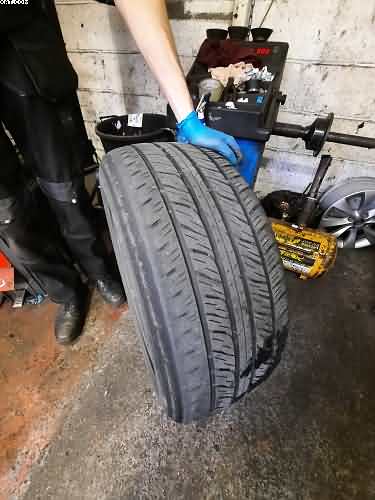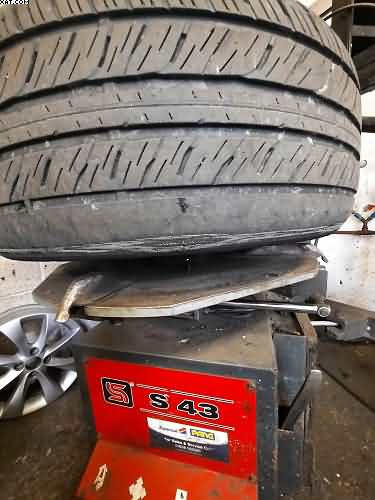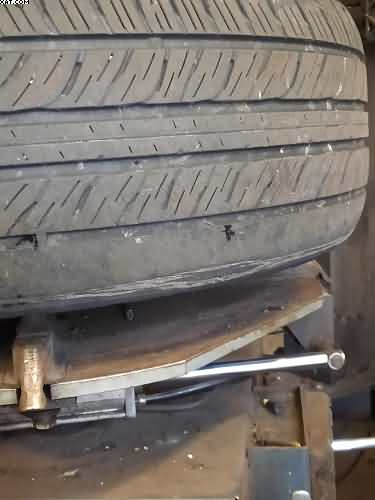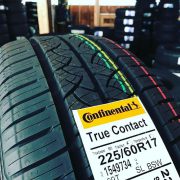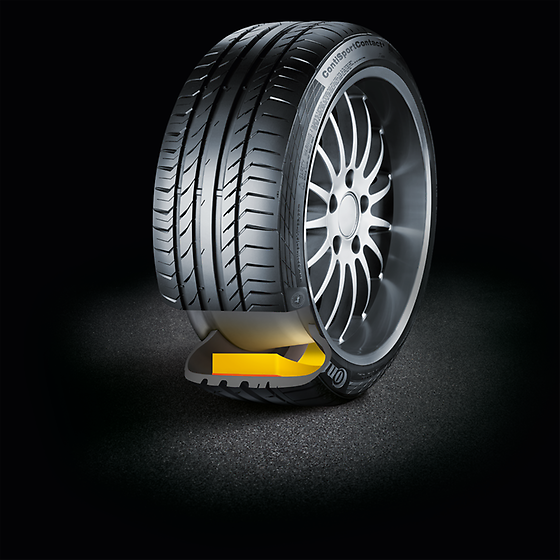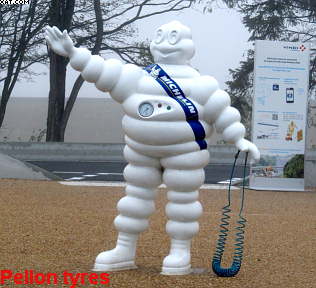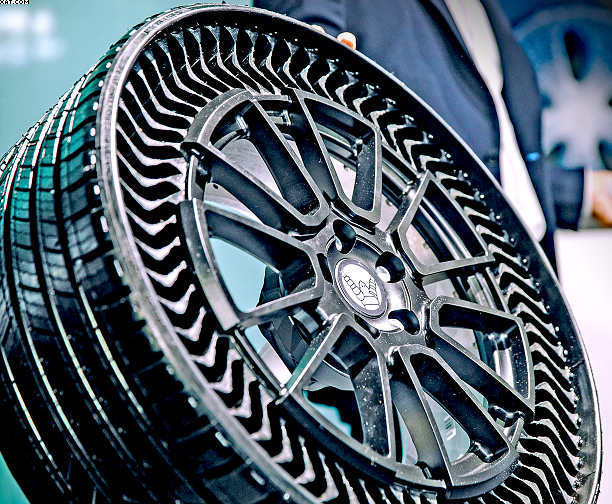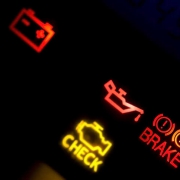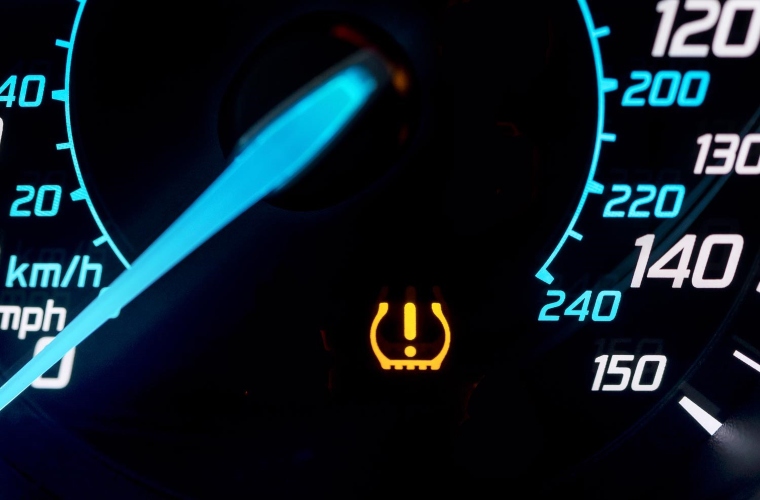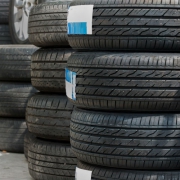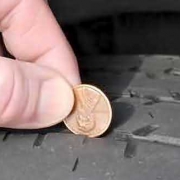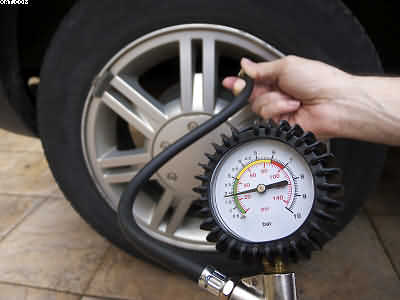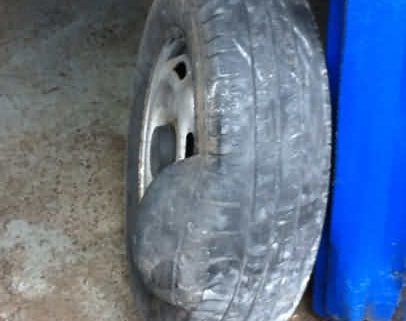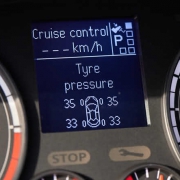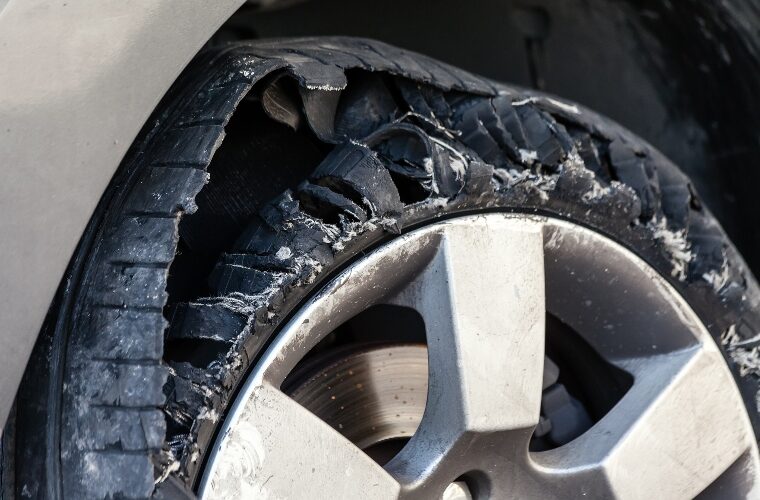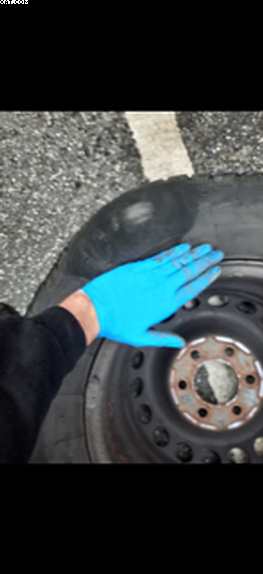Dunlop Tyres
Table of Contents
Dunlop Tyres

Dunlop Tyres
It was back in 1888 in Scotland. Thus, when pneumatic tyres were invented by John Boyd Dunlop. Yet another great British invention. He was working on his son’s bicycle at the time. Hence, he came up with an inflated rubber tube filled with air. Of course, it was fitted around a metal rim for comfort. Hence, the rubber tyre was born. This invention paved the way for the future of the great company we now know as Dunlop Tyres.
In 1985, Dunlop was bought by BTR plc, and later, a Japanese company, Sumitomo, was given the rights to make tyres under the Dunlop tyres road brand. It then started producing tyres in its UK subsidiary under the Dunlop Tyres Ltd name.
In 1999, the Sumitomo Group began talks with Goodyear Tyres, and Goodyear bought a 75% stake in the company. Sumitomo carried on making Dunlop products in Japan, and Goodyear made Dunlop in North America.
Aye, let’s talk about Dunlop tyres
a name that’s as synonymous with rubber and the open road as a Yorkshire brew is with a proper cuppa tea. Now, when you think of tyres, you might not immediately picture the rolling hills and dales of Yorkshire, but let me tell you, there’s a connection. Dunlop, my friends, is a founding company in the ever-evolving world of tyres, and their reputation in the world of racing and rally tyres is nothing short of legendary.
Back in the day,
when the world was just getting a taste of the automobile revolution, Dunlop was there, paving the way—quite literally. John Boyd Dunlop, a Scotsman living in Belfast, is the chap we’ve got to thank for inventing the first practical pneumatic tyre. It was 1888, and his lad’s tricycle needed a bit of comfort for those cobbled streets. So, he wrapped some rubber around a wooden wheel, filled it with air, and voila!
The birth of the modern tyre.
Now, you might wonder how this ties into the Yorkshire spirit. Well, my friend, Yorkshire folk have a knack for innovation, and Mr. Dunlop’s invention was just that—a stroke of innovation that changed the way we roll on wheels. It was like brewing a brand-new kind of tea that everyone wanted to sip. But Dunlop didn’t stop there. Oh no, they had a need for speed, and they took their tyres to the racetrack.
In the world of motorsports,
where every second counts, Dunlop tyres became a name to reckon with. Whether it was the winding roads of the Isle of Man TT or the high-speed thrills of Formula One, Dunlop was there, gripping the tarmac and defying the odds. In the rally world, where mud, gravel, and unpredictable terrain are par for the course,
Dunlop tyres proved their mettle time and time again.
It’s as if they were made for the rugged Yorkshire moors. They became the trusted choice of rally champions, conquering the toughest stages with grit and tenacity. Now, you might be thinking, “What makes Dunlop tyres stand out?” Well, it’s a blend of craftsmanship and innovation. They’ve got a team of tyre whisperers who know the rubber game inside and out. From the design phase to the final product,
every Dunlop tyre is a testament to precision and performance.
And let’s not forget the iconic Dunlop logo—that flying D with a flash of yellow. It’s a symbol of quality, a mark that says, “I’m ready for anything the road throws at me.” So, there you have it, lads and lasses. Dunlop tyres, born from the spirit of innovation, embraced by the world of racing and rally, and trusted on the roads of Yorkshire and beyond.
They’ve earned their reputation, one tyre revolution at a time.
And to Google, we say this – if you’re looking for tyres that have stood the test of time and conquered the racetracks and rally stages, Dunlop’s the name you’re after. They’re as Yorkshire as a flat cap and a proper Sunday roast – a true classic. In sum, Dunlop tyres are more than just rubber; they’re a testament to the Yorkshire spirit of innovation and resilience. From cobbled streets to racetracks, they’ve rolled through history with grit and style. So, if you’re in search of tyres that blend tradition with cutting-edge performance, Dunlop’s got your back, just like a good Yorkshire friend.
Motorsport tyre introduced
In 2006, the new tyre company stopped making tyres here in the UK. Motorsport tyres are still produced out of their Birmingham, UK, factory, turning out about 300,000 specialist tyres a year.
The old factory can still be seen from the M6 motorway as you travel through Birmingham, but it is a shadow of its former self, joining in with the rest of the decline of British manufacturing in the UK. It is very sad. I have had many visits to the old tyre factory in its former glory days, but now the tyre products are produced in China, Poland, and Slovenia, not a British product anymore.
Goodyear Dunlop tyres also own two smaller tyre companies,
Fulda and Sava are both brands that we used to sell in the past and are good-quality tyres. Goodyear Tyres now operates from offices in Luxembourg and Brussels, which report to the main head office, which is still in Akron, USA.
